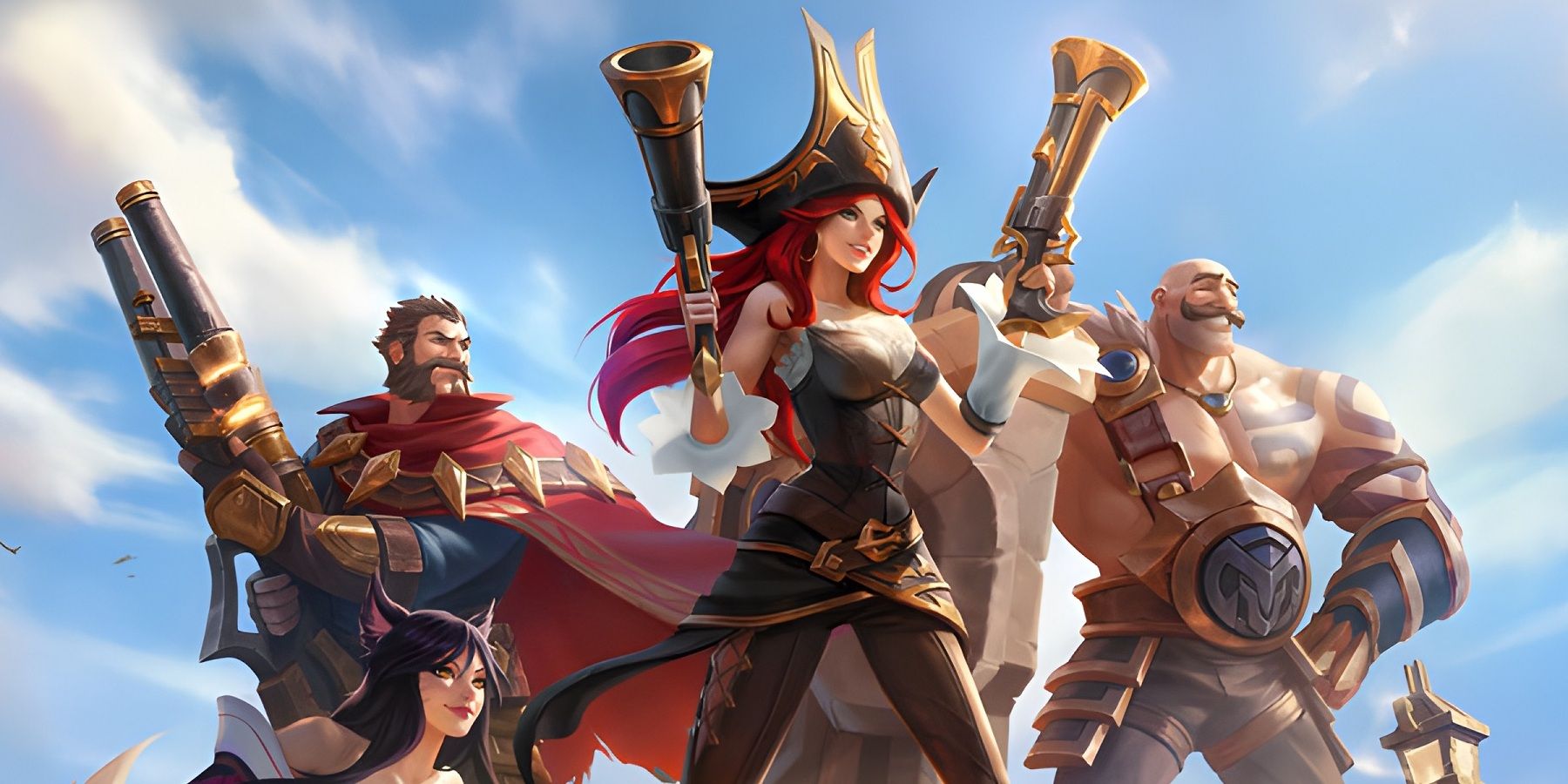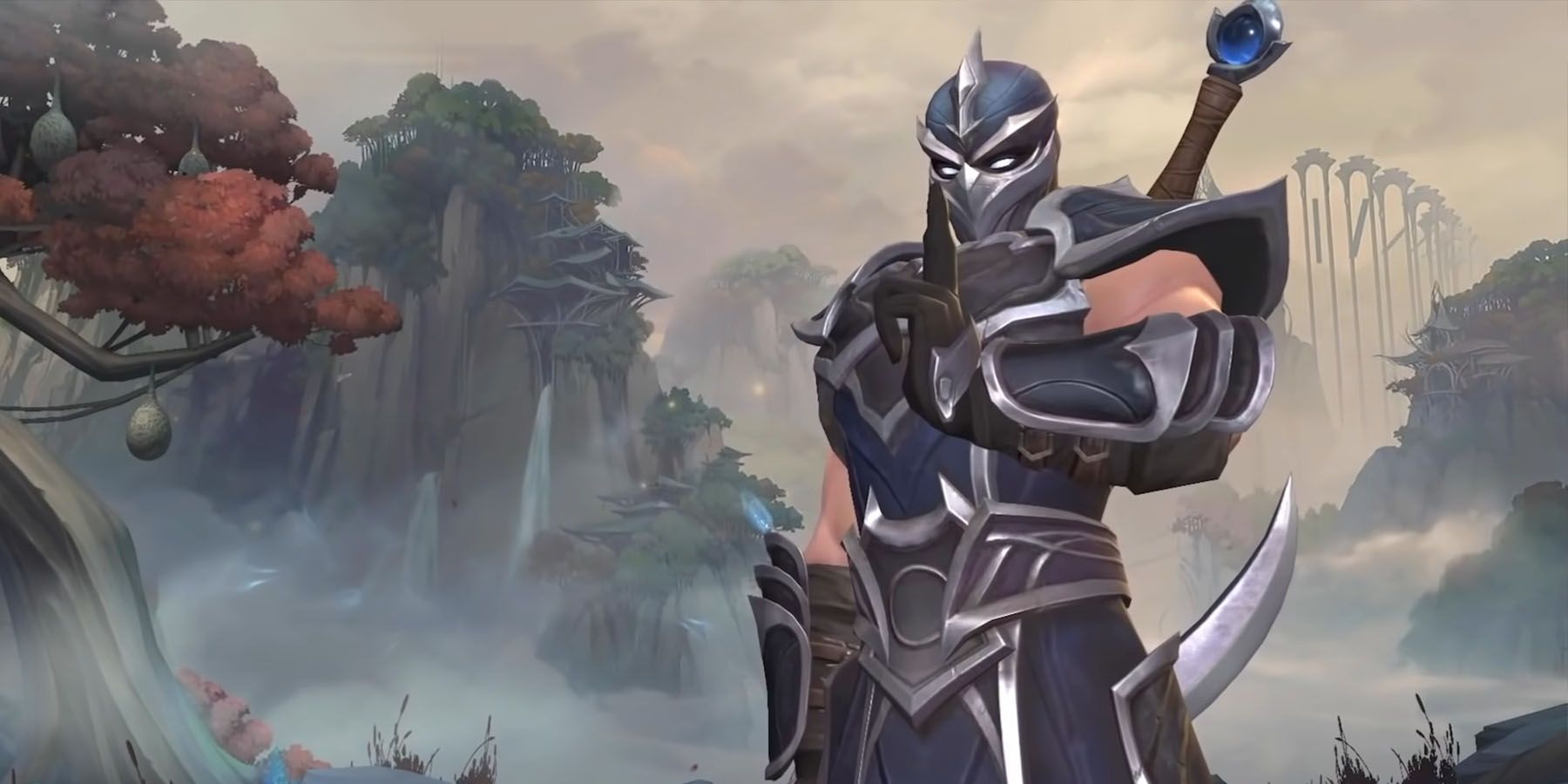League of Legends: Wild Rift is an official offshoot of the mainline LoL experience developed by Riot Games itself, and the reception so far seems to be rather positive overall. Since gaming on mobile devices differs substantially from gaming on home consoles or PCs, Riot Games is also facing different development issues along the way.
Some of these development issues with League of Legends' mobile version certainly relate to the accuracy of touchscreen gaming and gesturing, and it turns out that Riot Games might have a few ideas on how to alleviate them. Namely, some of the company's recent patent listings refer to ways to improve object targeting and accuracy on touchscreen mobile devices.
Even though Wild Rift has great onboarding features for newcomers to the game, it's hard to gloss over the fact that playing on a touchscreen phone effectively removes almost every non-touch control option for the player, making the placement of items and map-markers potentially problematic. Riot Games' latest patent filings suggest that the company is already looking at different ways to side-step these problems through the use of context-sensitive object pop-ups and gestures: "the method can include displaying a dynamic image or map on a touchscreen and receiving a touch gesture thereon," says the patent.
While there are many differences between League of Legends and Wild Rift, the two are still connected and interrelated, with many of the base game's complexities becoming all the more difficult on a small, input-limited device. By investing time and money in patenting contextual ping systems and features, Riot Games could eventually come up with a better, more successful MOBA control scheme than was ever available before.
The patents in question suggest that the end-goal for Riot is to achieve improvements in moment-to-moment object targeting and non-conversational communication between players. While voice chat is now enabled in Wild Rift, the more ways there are for players to relay information to one another, the better. Naturally, the patents don't go into excessive detail on how Riot aims to implement these features, though there are references to a "precision placement tool" for items and map markers, specifically.
It's worth keeping in mind that none of the information contained in these patents necessarily implies quick solutions and implementations. The potential application of the described systems could well be in its earliest stages of pre-production, and therefore months or even years out - if anything ever comes of it in the first place. In the interim, it may be better to focus on League of Legends' future champions for 2022, some of whom are bound to make their way into Wild Rift as well.
League of Legends: Wild Rift is available now on iOS and Android, with console versions in development.


